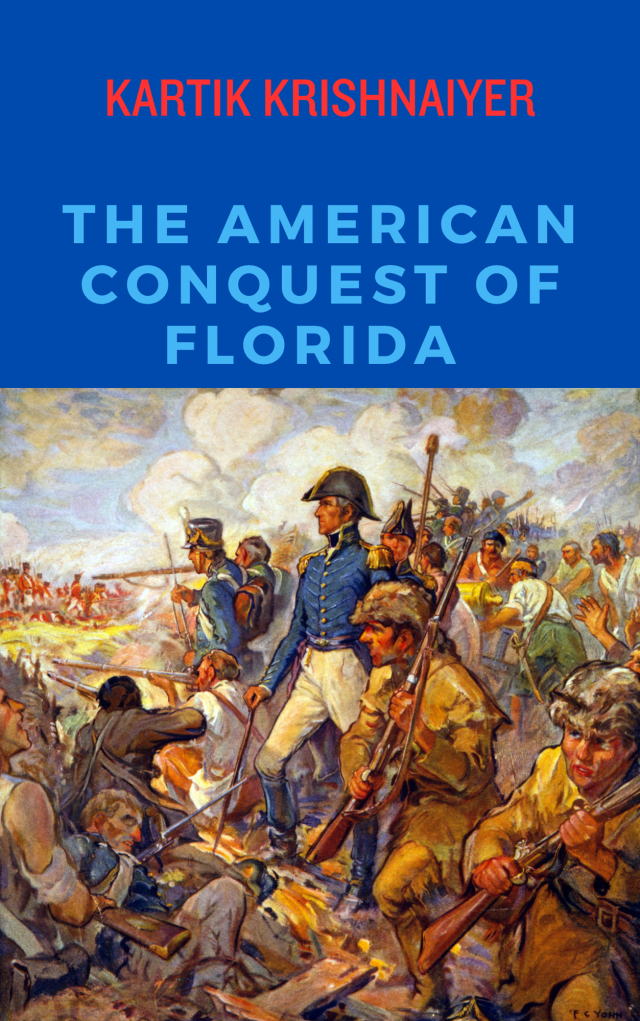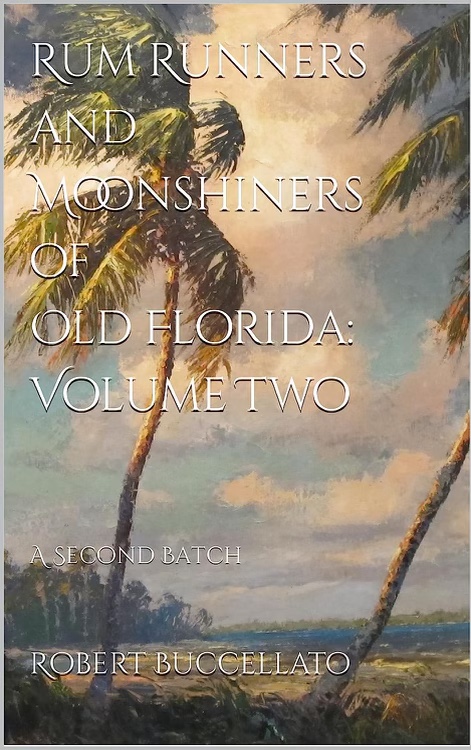Editors note: With the recent efforts of Governor DeSantis and the majority party in the legislature to end Disney’s special taxing and governance district, in the next week we will be examining the history of the Reedy Creek Improvement District
It all started with a Mouse…and an Improvement District.
When it is clear out you can see fantasyland on the Tomorrowland Transit Authority People Mover, the view below should be pretty familiar. A slow-moving respite from the heat or the manic energy of the younger members of your group. Despite its promised reputation as futuristic and modern, the Tomorrowland section is beginning to look highly retro. Soon the towering dark cover of Space Mountain consumes the tram and you enter the darkness, the power section of the famed ride. It’s the oddest sensation of the Magic Kingdom experience, sounds of rushing roller coaster carts and screaming voices can be heard in the echoing distance, while you still remain in a largely muted setting. Away from the noise and buzz of the park down below, you can hear the beating of your own heart as the darkness only grows past the inner working of the famed ride.
Then you see it, the main reason for Disney coming to Florida, the whole purpose of this vast amusement park, and the last ambitious goal of Walt Disney’s life. A dream that would drive the entertainment empire into pushing Florida’s legislative branch to the very limits of its powers. Gifting the Disney brand an unprecedented level of control over nearly forty square miles of central Florida. The glittering model of Progress City comes into view of the tram, this model along with a brief documentary hosted by Disney himself, is all that remains of the great creator’s dream of a “Community of Tomorrow.”
The model, which is described in the attraction as: “Walt Disney’s dream for an experimental prototype community of tomorrow,” is actually an important piece of Disney history. It originated at Disneyland park and was previously a piece of that park’s Carousel of Progress from 1967-1973. In that version of the attraction, the final holiday gathering scene offered a glimpse of Progress City off in the distance through the windows behind the Audio-Animatronics figures. Afterward, guests would head up to the carousel’s second floor, where they could explore an entire 6,900-square-foot model of the city. The Progress City you see on the Tomorrowland Transit Authority People Mover route is a portion of that model.
Once exiting the people mover, many visitors can be forgiven for not fully grasping the significance of the handsome model they had just seen. But, make no mistake, this model and the concept it represents is what led to the creation of an improvement district, one that has finally resulted due to the efforts of our Republican Governor and legislature into one of the biggest political bombs now facing the sunshine state.
It is impossible to overstate how much excitement and enthusiasm the average Floridian displayed by the news in the early 1960s that Disney was coming to Florida. Everyone in state government worked tirelessly to make the development take place and elected officials were tripping over themselves trying to gain access to the famed entertainment icon and his Hollywood associations. Governor Hayden Burns, elected in 1964 to an abbreviated two-year term spent most of his time in the office working towards three main goals. Building new costly and unnecessary roads, which the young lions of the legislature like Reubin Askew and Lawton Chiles killed, running for re-election on the success of the roads, he lost the primary; and bringing Disney into town. While he failed miserably with the first two objectives, there was no way anyone was willing to prevent a Florida-based theme park.
After the success of Disneyland in California, Walt Disney began planning a second park on the East Coast in 1959. He disliked the small independent businesses that had sprung up around Disneyland and wanted control of a much larger area of land for the new project. While brainstorming the idea of a Disney World, Walt stated that the major difference between the two parks was going to be “a blessing of size.” The ambitious resort would all have to be self-contained, with natural barriers that would make it difficult to enter without paying or developing nearby. It didn’t take long for the Disney team to zero in on the sunshine state. Walt flew over the Orlando-area site, and many other potential sites, in November 1963. Seeing the well-developed network of roads, including the planned Interstate 4 and Florida’s Turnpike, with McCoy Air Force Base (later Orlando International Airport) to the east, he selected a centrally located site near Bay Lake.
The Disney Empire had been stretched thin by the early 1960s and did not want to pay for the Florida real estate under the same conditions as they were done in California which is massive price increases by developers the moment the first Disney purchase was made. He used multiple shell companies to buy up land, at very low prices, that eventually turned into 43 square miles twice the size of Manhattan, which would eventually become the Reedy Creek improvement district. These company names are listed on the upper story windows of what is now the Main Street USA section of Walt Disney World, including Compass East Corporation; Latin-American Development and Management Corporation; Ayefour Corporation (named for nearby I-4); Tomahawk Properties, Incorporated; Reedy Creek Ranch, Incorporated; and Bay Lake Properties, Incorporated
At a massive public rollout attended by Governor Burns, Roy, and Walt Disney, along with a ten-minute promotional video including animation from Snow White, the new Disney Park was announced. Quickly questions were raised about the logistics involved with such a massive theme park. How would Disney get the funding for the land purchases necessary? Would Disney or the State Government maintain the general roads and utilities that bordered the proposed site? It didn’t take long for the general public to realize that their questions had already been announced years ago, that the planning stage of the resort was long over, and that public input was not desired.
On March 11, 1966, these landowners, all fully owned subsidiaries of what is now The Walt Disney Company, petitioned the Circuit Court of the Ninth Judicial Circuit, which served Orange County, Florida, for the creation of the Reedy Creek Drainage District under Chapter 298 of the Florida Statutes. After a period during which some minor landowners within the boundaries opted out, the Drainage District was incorporated on May 13, 1966, as a public corporation. Among the powers of a Drainage District was the power to condemn and acquire property outside its boundaries “for the public use”. It used this power at least once to obtain land for Canal C-1 (Bonnet Creek) through land that is now being developed as the Bonnet Creek Resort, a non-Disney resort.
In part II, we will focus on the legislative fight over creation of the RCID.






